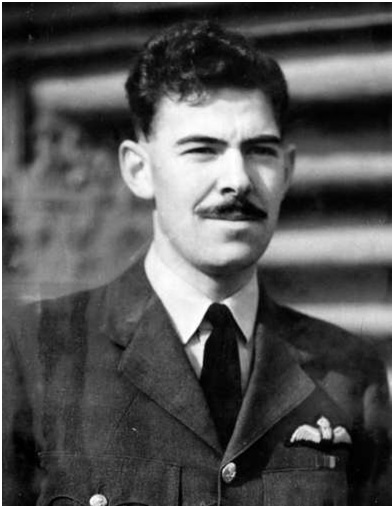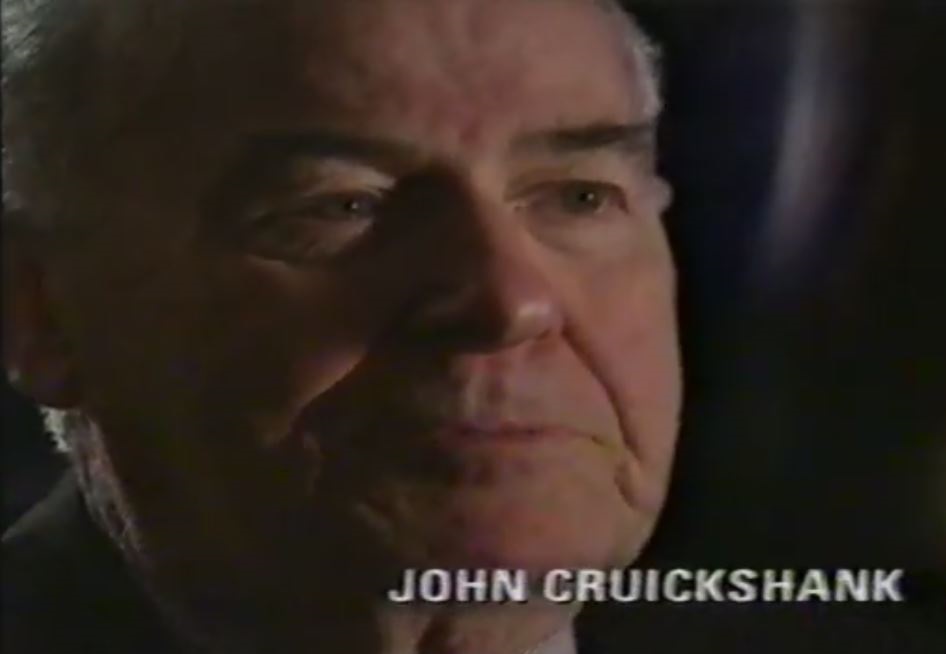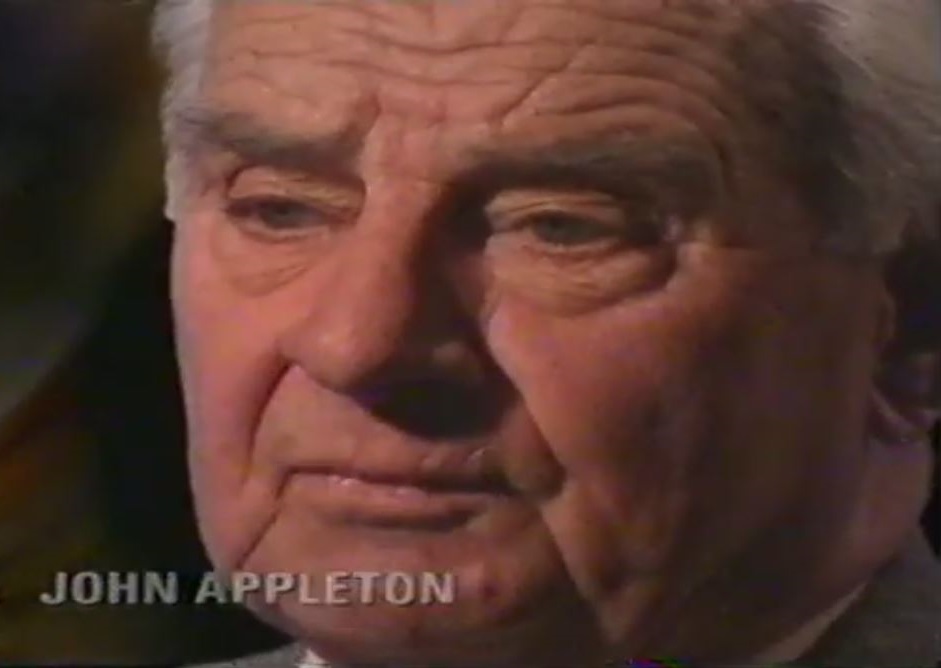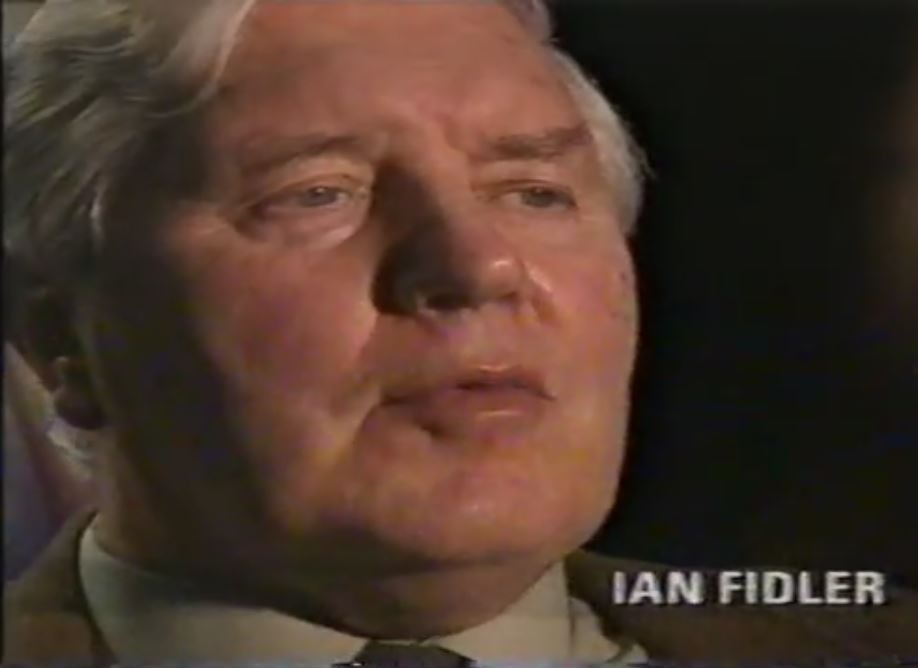Flight Lt. JOHN ALEXANDER CRUICKSHANK
****
TO
THE LONDON GAZETTE
OF TUESDAY, the 29th of AUGUST, 1944
Air Ministry, 1st September, 1944
The KING was graciously pleased to confer the VICTORIA CROSS on the undermentioned officer in recognition of most conspicuous bravery:
Flying Officer John Alexander CRUICKSHANK (126700), Royal Air Force Volunteer Reserve, No. 210 Squadron.
This officer was the captain and pilot of PBY Catalina flying boat JV 928 with 210 Squadron.
**********************************
The Story
Settle in to your comfortable chair and watch a firsthand historical DocuVideo account as related with respectful aplomb by Flight Lt. John Cruickshank, Flight Sergeant John Appleton and Third Pilot Ian Fidler of their adventure on July 17, 1944. Their routine day on a North Atlantic Patrol unravels when their PBY Mk IV Catalina JV928 came head to head with German Submarine U-361 a VII C class sub commanded by Kapitanleutnant Hans Seidel.
“V for Valour”
Portrays on film this historic battle for posterity.
“Jock” was born in Aberdeen, Scotland May 20, 1920 and educated at Aberdeen Grammar School and Daniel Stewart’s College in Edinburgh, Scotland. A bank clerk until joining the Royal Artillery in the Territorial Army on May 10, 1939. He transferred to the Royal Air Force Volunteer Reserve (RAFVR) on June 30, 1941 and shipped to Canada arriving at No. 1 Manning Depot in Toronto, Ontario, Canada’s processing center for the British Commonwealth Air Training Plan . After graduating primary flight training at NASGI, he was sent to NAS Pensacola, Florida where he earned his Wings. Then shipped back to the continent where he took his Catalina Conversion Training at the Operational Training Unit in Invergordon, Scotland. He was then posted to Coastal Command Flying Boats as a Flying Officer with 210 Squadron Royal Air Force (RAF) at Sullom Voe on the Shetland Islands.
Born in Australia served as apprentice with RAF Aircraft Apprentice Scheme in GB, 1940-1942; aircraftman and NCO served with RAF Coastal Command in GB, 1942-1943; NCO served with No 210 Sqdn RAF Coastal Command in GB, 1943-1944 including operations over Atlantic and Arctic and sinking of U-361; served with No 131 Operational Training Unit RAF Coastal Command in Northern Ireland, 1944-1945; officer served with No 4 Operational Training Unit RAF Coastal Command in Northern Ireland, 1944-1945.
“V” FOR VALOUR
JOHN CRUICKSHANK VC
Docu Video
Imperial War Museums
JOHN APPLETON
Interview
Listen as Peter M Hart from Imperial War Museums © IWM interviews John Appleton, crew Radar/Radioman on PBY Mk IV Catalina JV928 in 1944
Reel #16: Continues: patrol areas; activities with unit including leave; details of navigation systems, GEE and LORAN; story of encounter with Junkers Ju-88; briefing before patrol on details of the Shetland Bus; details of Consolidated PBY Catalina and crew; details of flight to area and patrol; opinion of Mk VIII Radar; earlier story of homing onto cloud with Mk VIII Radar; first spotting of target; flight to meet target including question of preparations; details of approach to target and attempt to gain identification; description of subsequent attacks made on U-347 including opposition faced and activities in-between; damage to aircraft; medical help given to crew members including Flight Officer John Cruickshank; further details of damage to aircraft including casualties.
Reel #17: Continues: movement of John Cruickshank to port bunk; condition of John Cruickshank and help given to him; details of morphine carried method of administering it; attempt to administer morphine to John Cruickshank; opinion of reason for rejecting morphine; activity elsewhere in aircraft including signals sent and received; decision to jettison of guns; possibility of German aerial attack; talk with John Cruickshank including question of John Dixon’s death and attempts to calm him; knowledge of Samuel “Paddy” Harveyson; details of own wounds; sleep gained and arrival at Shetland Islands; reaction of John Cruickshank to return; problems moving Cruickshank to cockpit; discussion of landing of plane; scenes from and in plane during circling and landing; landing on emergency beach; arrival of medical staff; retrieval of camera; photographs taken of attack on U-347 including knowledge of success of attack; discussion of who dropped the depth charges.
Reel #18: Continues: make-up of cockpit and arrangement of John Cruickshank and Jack Garnett during landing; movement to shore and then sick quarters; medical treatment received; details of Military Hospital in Lerwick; reception on arrival; removal of shrapnel from wounds; discovery of shrapnel in left hand and removal; length of stay; effects of events; visits from officers while in hospital; thoughts of awards; knowledge of John Cruickshank’s health including contact with him in hospital; background to posting away from unit; story of journey to London on leave including stops en route; reception from family; medical treatment available during leave; background to award of Victoria Cross to John Cruickshank; reporting of events in newspapers; award of Distinguished Flying Cross to Jack Garnett.



